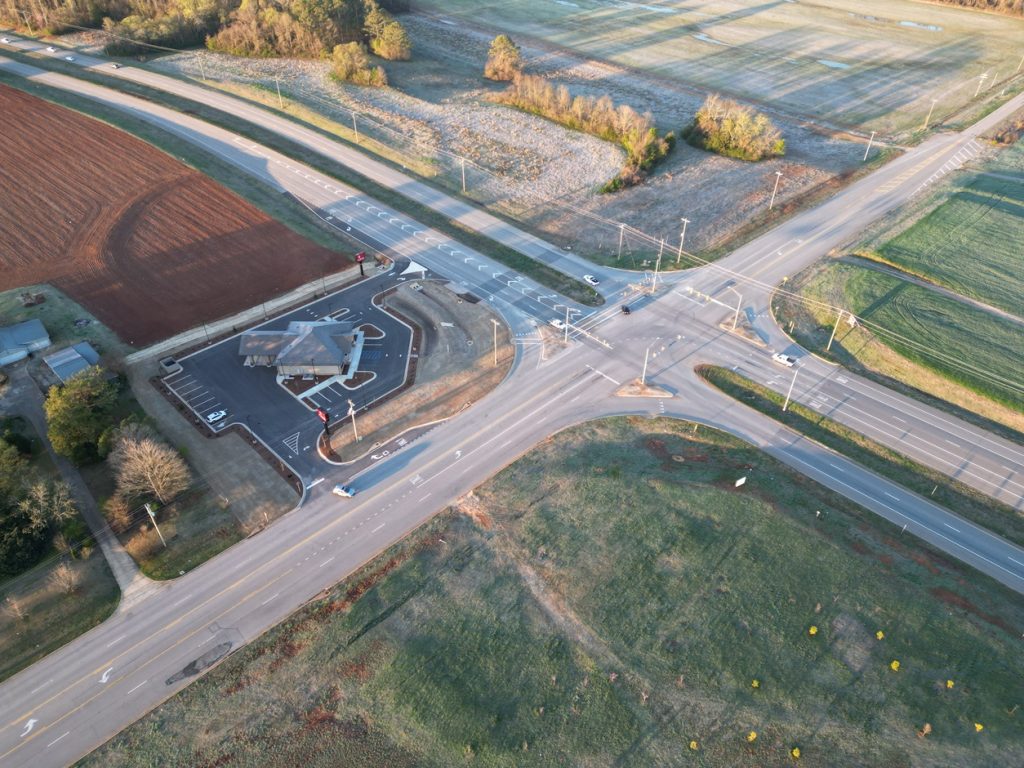If you’re looking for ways to improve travel times, reduce traffic crashes and congestion, preserve property values, and protect the long-term capacity of our roadways, one strategy rises to the top: access management.
Access management is the planning, design, and implementation of strategies that balance land use needs with roadway function. It aims to maintain smooth traffic flow and enhance safety while also supporting the access needs of homes, businesses, and developments.
At its core, access management is about aligning access design with roadway function, which includes:
- Limiting the number of driveways and intersections,
- Spacing access points appropriately, and
- Directing turning movements to carefully selected locations.
Successful implementation of access management can increase roadway capacity, shorten travel time for motorists, and reduce crashes. The FHWA has found a 25–31% reduction in crashes along urban/suburban arterial roadways after a corridor access management plan has been implemented.
One of the main reasons for these crash reductions is the lowering of access points. More access points equal more conflict points, which lead to more slow-downs and more crashes. To help control the number of conflict points or the number of accesses along a roadway, traffic engineers employ a variety of techniques, including:
- Installing raised medians
- Consolidating two closely spaced driveways into one
- Restricting turning movements at an intersection
- Constructing service/frontage roads
- Optimizing traffic signal spacing
- Limiting the number of median openings
- Constructing turn lanes
When public agencies adopt access management standards, they create consistency across their transportation networks. These standards specify when, where, and how access should be provided, making it easier to evaluate new developments and roadway improvements.
Beyond traffic flow, access management also brings broader community benefits. It promotes:
- Regional cooperation between transportation and land use planners,
- Stronger property values along well-managed corridors, and
- Protection of public investments in infrastructure.
By thoughtfully managing how vehicles access our roadways, access management plays a critical role in creating safer, more efficient, and more sustainable transportation networks. Whether it’s reducing crash risks, improving traffic flow, or preserving property values, these strategies benefit communities, commuters, and planners alike.
At Sain Associates, we apply access management principles across many of our projects to help clients achieve long-term transportation and development goals—because how we manage access today shapes how we move tomorrow.

